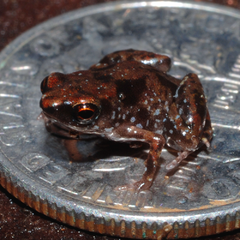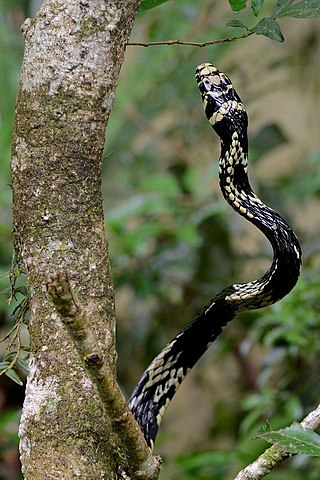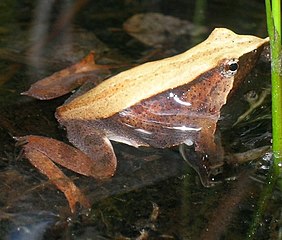Not a week – much less a year – passes without an exciting new herp species being discovered. Included among this year’s surprising finds are the world’s smallest vertebrate, geckos and frogs isolated on mountaintops for millions of years, a “political” snake, and legless lizards living in and near major US airports and cities. Please also check out the linked articles to read about large, colorful monitor lizards and other awe-inspiring creatures that were brought to light in the past few years. Following is just the tip of the iceberg…please be sure to post your own favorite finds below.
New Reptile and Amphibian Species in 2013
The World’s Smallest Vertebrate
The distinction of being the smallest creature with a backbone generally shuffles between frogs and fishes (the world’s smallest snake, which can coil up on a dime, is also very impressive). This year, a tiny Southeast Asian fish that held the title since 2006 was nudged out by a Microhylid frog, Paedophryne amanuensis (shown here sitting on a dime, with room to spare!). Endemic to Papua New Guinea, adults can be as small as 0.28 inches, while the largest individuals barely top 0.3 inches. But packed into their minute bodies are lungs, a brain, liver and all other such organs (they do have a uniquely-reduced skeleton, however – compromises must be made!). By contrast, the Blue Whale, world’s largest vertebrate, tops out at approximately 90 – 100 feet in length.
Read More »
 That Reptile Blog – Reptile, Amphibian and Exotic Pet Care and Information
That Reptile Blog – Reptile, Amphibian and Exotic Pet Care and Information





